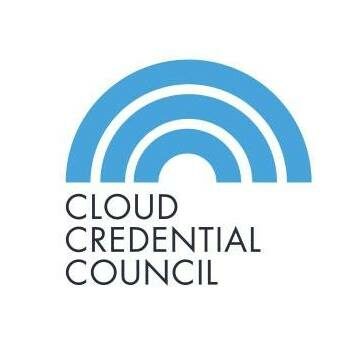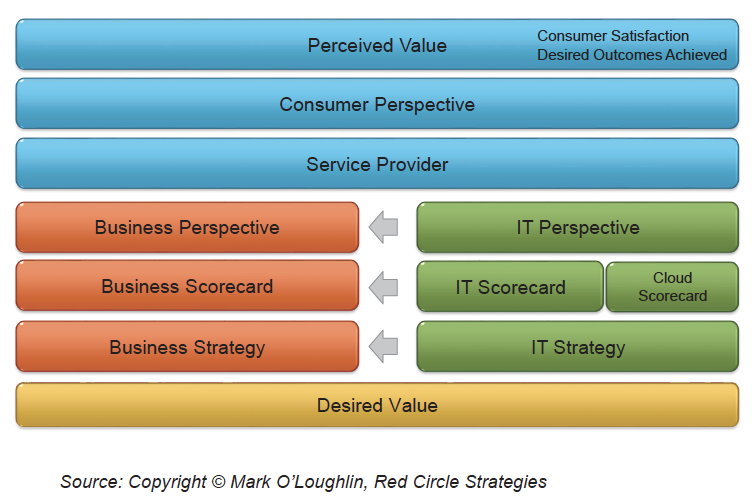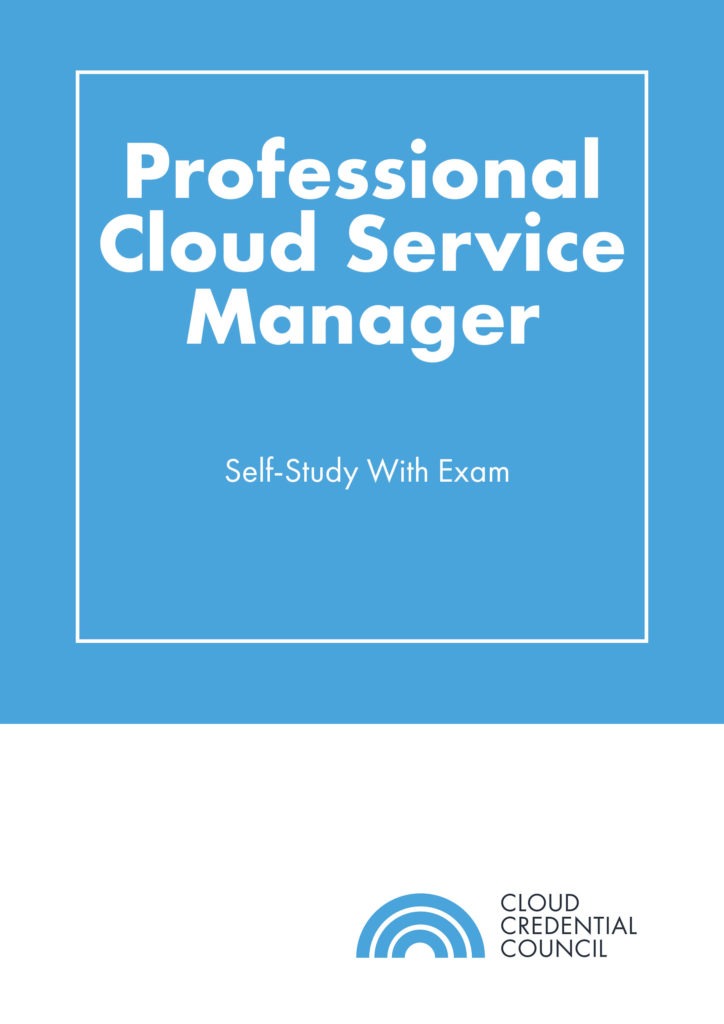Knowledge Byte: Linking the Value of Cloud Services to Strategy

Cloud Credential Council (CCC)

Defining, measuring, and demonstrating value can be complex.
Having said that, “value” can generally be viewed as:
- The regard that a thing deserves to get, that is, the importance, worth, or usefulness of the thing.
- The material or monetary worth of a thing.
- The worth of a thing compared to the price paid or asked for it.
Showing the Value of Cloud Services
The value of cloud services may not always be measured in isolation.
- Where cloud computing provides independent services, the value may be measured in isolation.
- Where cloud computing, cloud-based services, and traditional IT provide services holistically, the value needs to be compared holistically between traditional IT and hybrid IT.
- Where a consumer does not care about how a service is delivered, value is measured from a holistic end-to-end view.
Strategy to Value Mapping
The strategies for value mapping are given below:

To follow these strategies, IT must understand how to measure, report, and demonstrate the value that IT delivers to the organization.
Different approaches for a strategy to value mapping are needed for each perspective, that is, IT, business, and consumer.
Strategy Mapping—Value Hierarchy

The desired value such as the value an organization wants to achieve is codified into strategy and is finally realized in the eye of the consumer as perceived value, where value is subjective and based on consumer experiences. The consumer perspective can include:
- IT users/customers/consumers, such as IT staff using email
- Business users/customers/consumers
- External users/customers/consumers
Business strategy drives IT strategy. IT should enable value to be realized by business strategy. The business scorecard drives IT and Cloud scorecards. IT should be able to align reporting its service delivery and value in business terms, mapped to achieving business achievements.
The business needs and strategy are the dominant players, with IT and IT-related activities being in a subordinate or supporting role. IT can, and should be, a partner with the business units in developing toolsets, applications, and services to facilitate business solutions and opportunities.
Courses to help you get
results with Cloud
Professional Cloud Service Manager™
The industry-recognized CCC Professional Cloud Service Manager certification is recognized and supported by several key technology vendors and standards bodies. It provides you a case study with related exercises such as multiple-choice questions and workbook activities. We made sure to include various high-quality reference materials that you can go back to throughout your career advancement.
Never miss an interesting article
Get our latest news, tutorials, guides, tips & deals delivered to your inbox.
Keep learning




